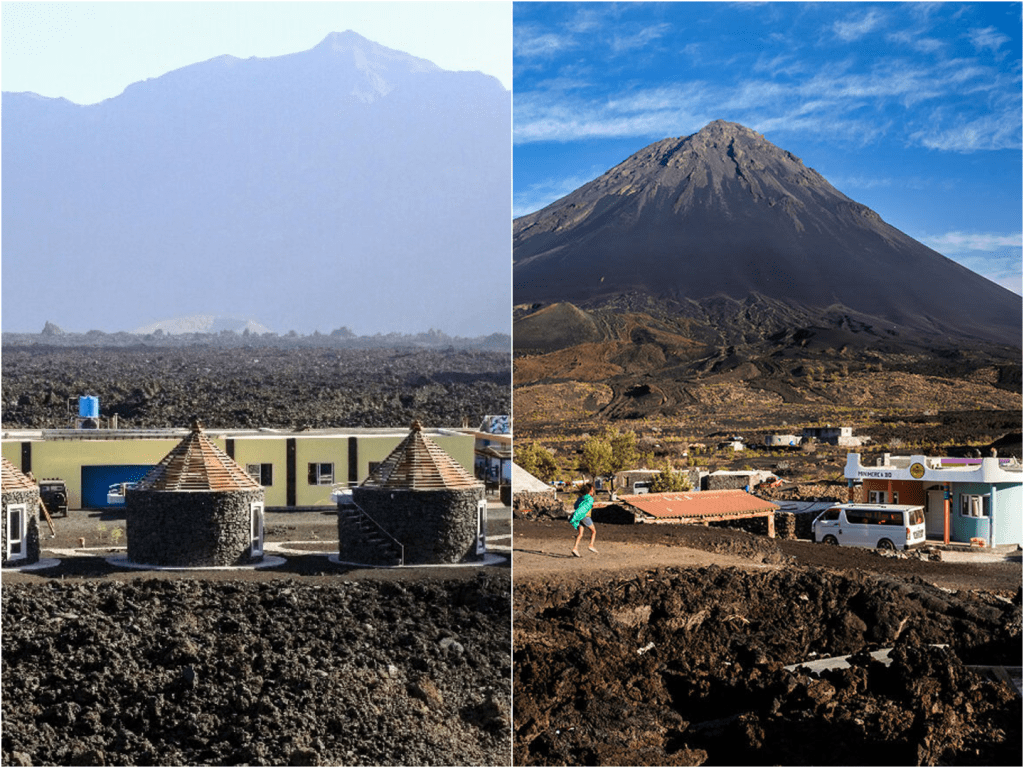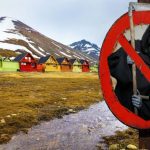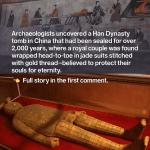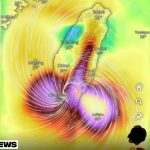Living on Lava: How One Village Thrives Amidst an Active Volcano
I first heard about Cha das Caldeiras—the tiny village nestled right inside the crater of Fogo volcano in Cape Verde—while reading a travel blog describing homes perched on hardened lava flows and curtains fluttering above smoldering cracks. The image of life pursued at the foot of molten earth felt impossible, yet real. In October 2021, when Fogo erupted, rivers of lava buried roads, homes, schools, and vineyards. But instead of abandoning the place, the villagers returned, rebuilt, and went on living. Their story is one of resilience I knew I needed to tell.
Fogo is one of ten islands in Cape Verde, an archipelago off Africa’s west coast. At almost 2,829 meters, the volcano towers above its neighbors—one of the most active in the region. Over centuries, eruptions reshaped its slopes, but Cha das Caldeiras, perched inside the deep crater, remained the beating heart of local farm life and community. The 2014 eruption doomed parts of the field, but it became merely a chapter in ongoing village life when people went home and built again. In 2021, lava again consumed parts of the village—but when it cooled, folk moved back in with tractors, simple tools, and hope.
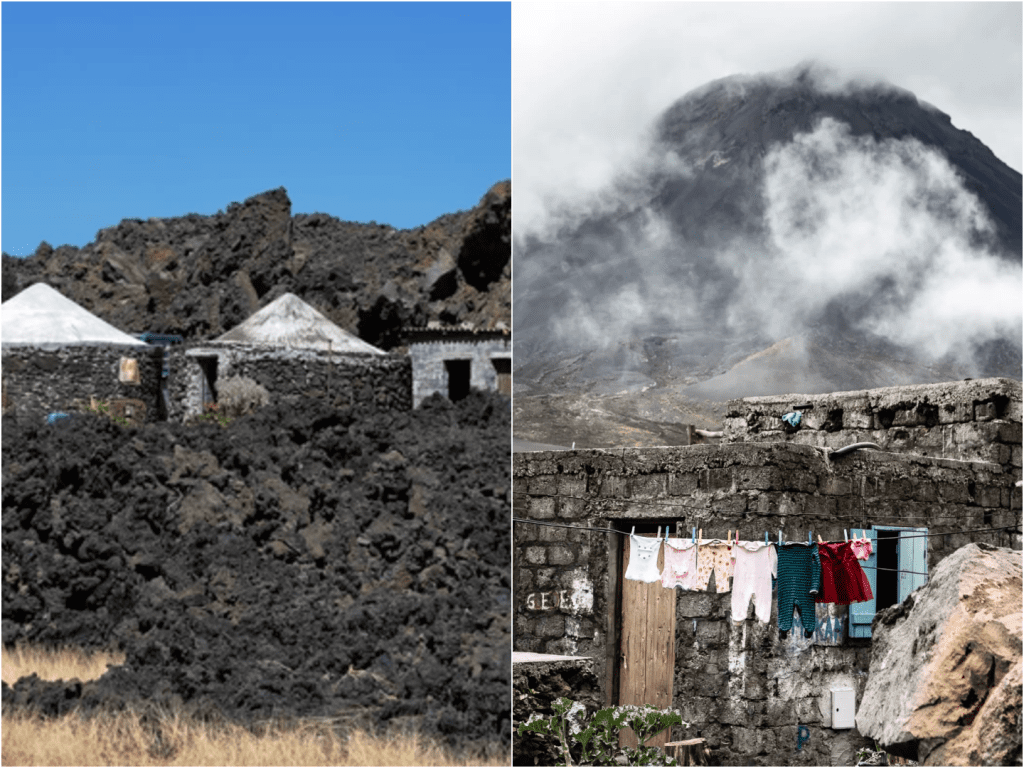
Driving into Cha das Caldeiras, you pass winding roads of hardened black lava. Suddenly, homes appear: basic concrete or stone, appliances scattered on dirt yards, children’s clothes hanging to dry. Plumes of volcanic steam rise nearby. It’s as if human life and geology merged. It brings both humility and wonder, like standing at nature’s edge with no buffer.
I wandered past one home where a father and daughter swept cooled lava dust off their front steps. Tiny plants—cabbage, carrots, beans—grew defiantly between cracks. He told me they lost half their crops in October, but returned six months later to plant again because “this is our land, our roots.” Their resilience became tangible every time a vine peeked through the black crust.
Even daily routine carries volcanic flavor. Underground ovens are heated by geothermal pockets. Water pipes are buried deep in cooled lava, and taps carry hot water straight from the earth’s warmth. These living touches remind me that nature and humanity here are intertwined—harnessing the volcano, not fearing it.
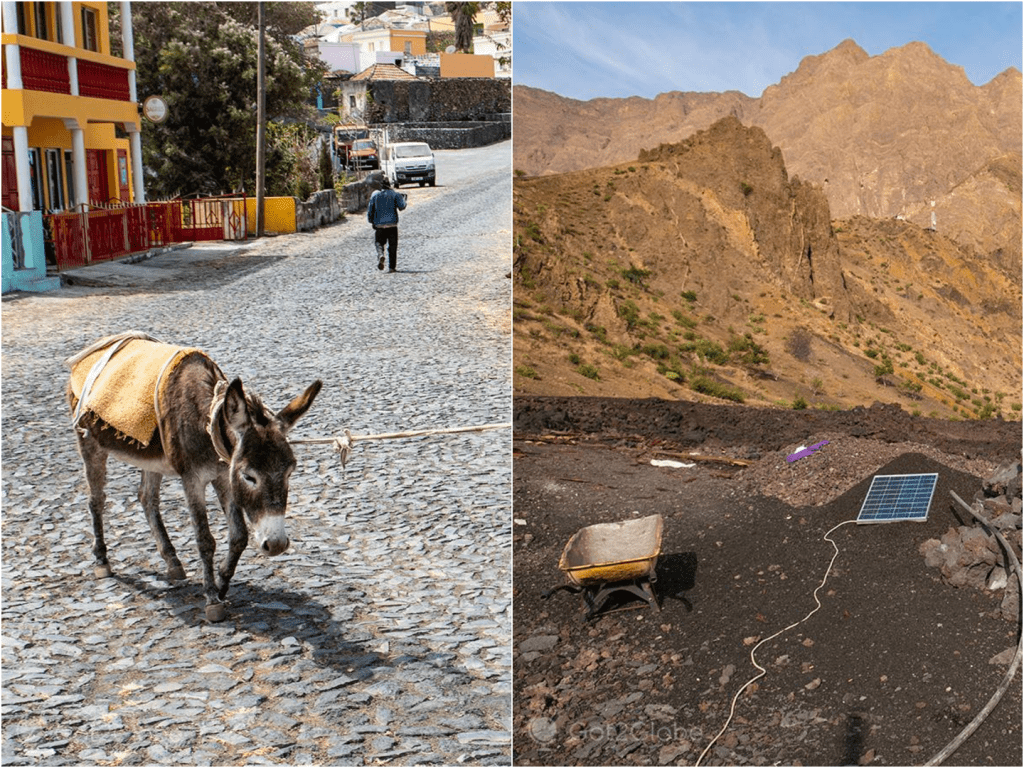
Still, danger always hovers. Evacuation alerts are recognized and practiced; early-warning systems quietly hum. Families know the risk, but they also know their heritage—cha das caldeiras means “hammered calderas,” a reminder the land shaped them as much as they shape it. They aren’t thrill seekers—they’re inheritors of volcanic tradition.
After my visit, word of the village’s resilience spread among adventurous travelers. Tourism arrived: simple guesthouses offering crater hikes and wine tastings. Vineyards grow in volcanic soil rich with minerals, producing unique wines sold in local markets. One restaurant I visited served goat stew with cornmeal porridge; outside its window, lava flow from the 2021 eruption cooled below. Guests would lean forward, listen to the earth’s murmur, and sip wine fermented from grapes grown on black stone. It’s volcanic terroir in every sense.
Watching them brought tears—the realization that people can thrive on what we often call devastation. Their laughter, their daily talk, their children’s footsteps felt like hope itself. I remembered a guide who led me through a crater ridge at dusk; the sun glossed the lava black, painting it copper. He said simply, “Here we live with life and danger, not in fear.” That phrase stayed with me: living with, not fearing.
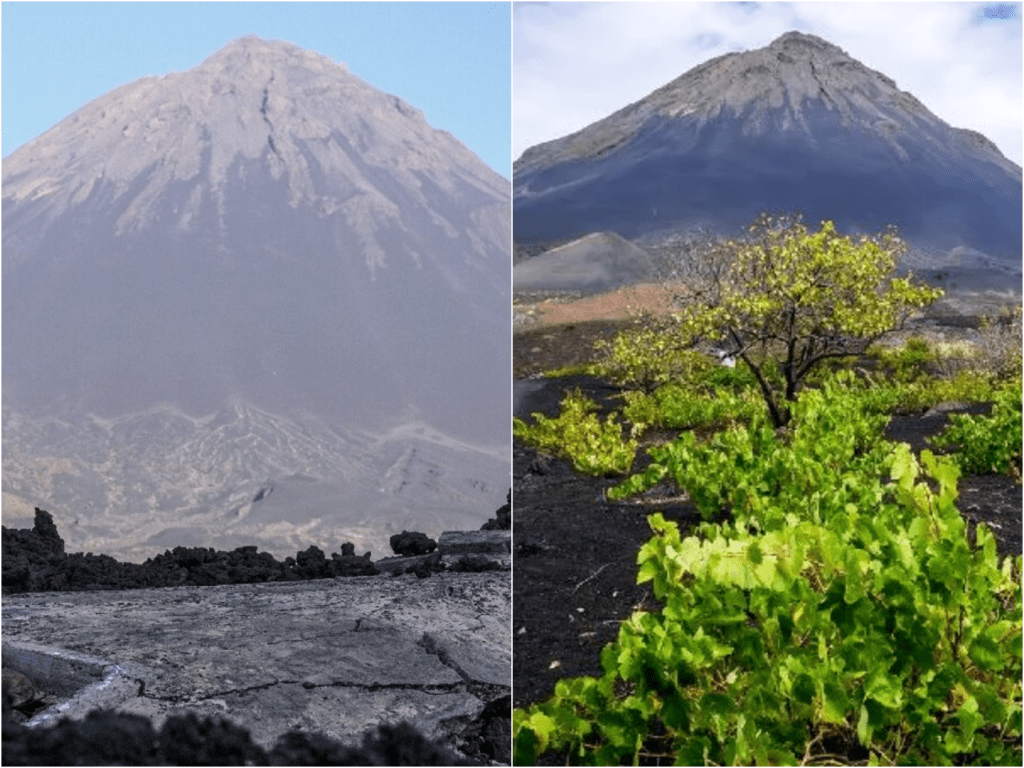
I know other villages sit near active volcanoes—Stromboli in Italy, villages under Vesuvius in Italy—but Cha das Caldeiras is special. Most residents here rebuild the same way, same homes, same ground. They don’t live just near lava; they live on it, with it, as part of who they are.
I left Cape Verde changed. It reminded me how human spirit often shows in smallest moments—planting seeds on cooled lava, making tortillas in seismic kitchens, greeting neighbors on ash-flecked paths. It spoke of courage rooted in place, family, and story.
Because at the end of the day, Cha das Caldeiras isn’t a daredevil village—it’s a home. And it teaches us that even at the edge of the earth’s power, people can create beauty, belonging, and life. And maybe what looks like danger to some is simply where home lives to others.

Lena Carter is a travel writer and photographer passionate about uncovering the beauty and diversity of the world’s most stunning destinations. With a background in cultural journalism and over five years of experience in travel blogging, she focuses on turning real-world visuals into inspiring stories. Lena believes that every city, village, and natural wonder has a unique story to tell — and she’s here to share it one photo and article at a time.
